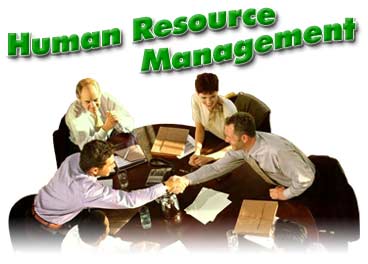01. Work- force Diversity
In the past HRM was considerably simply because of work force was strikingly homogeneous.Today's work force is different. Due to gender,age,social class sexual orientation, values,personality characteristics,ethnicity,religion,education,language,physical appearance,marital status,lifestyle,beliefs, ideologies and background characteristics such as geographic origin,tenure with the organization,and economic status and the list could go on.Therefore HRM must be aware of these differences that exist in today's work force.HRM must train people & effectively manage and to deal with each other and to respect the diversity of views that each offers.in situations like these a participative approach seems to work better.
Ex ; Red cross HR manger should understand about the cultural difference of the workers.
02. War of talents
Talents have become scarce (rare) of skill gap due to rapid development of technologies on one side and retirement of older generation.(Mckansey Research,2009)03. Aging Workforce
No of older workers are increasing compare to the younger workers with in the organization.
The growing economy of Sri Lanka will see a steep decline of 3.7% off its growth rates by 2020,unless the labour force participation increases , leading to employment expansion and improved productivity. However ,with the current demographic trends of the increases in the ageing population in the country,contribution of the female labour force remains of utmost importance for the maintenance of economic growth.
03. Globalization and Its Implications
Business today doesn't have national boundaries - it goes beyond that and it reaches around the world.The rise of multinational corporations places new requirements on human resource managers.The HR department needs to ensure adaptability is available to handle global requirements/assignments. In order to meet this goal, the organizations must train individuals to meet the challenges of globalization.The employees must have working knowledge of the language and culture ( in terms of values, morals, customs and laws ) of the host country.04. Technological Changes
HRM must be aware of the technological changes which are related to the business and the same time improvement of employees' skills, knowledge and competencies.05.Corporate downsizing
The downsizing refers to reduce the number of workers employed by the organization.HRM department has a very important role to play in downsizing.HRM people must ensure that proper communication must take place during this time.They must minimize the negative effects of rumors and ensure that individuals are kept informed with factual data. HRM must also deal with actual layoff.Reasons for downsizing are ,Aging/older workforce, unnecessary workforce due to poor/unhealthy recruitment,changing management policies Ex ; VRS has been applied for recruitment young workforce b port authority.
07. Changing Role of a HR Manager
Role of a HR Manager has changed to out sourcing manager due to outsourcing of several HR activities of the organization.Ex ; Recruitment, payroll, Maintenance
Ex ; Garment industries, uniliever, damro




